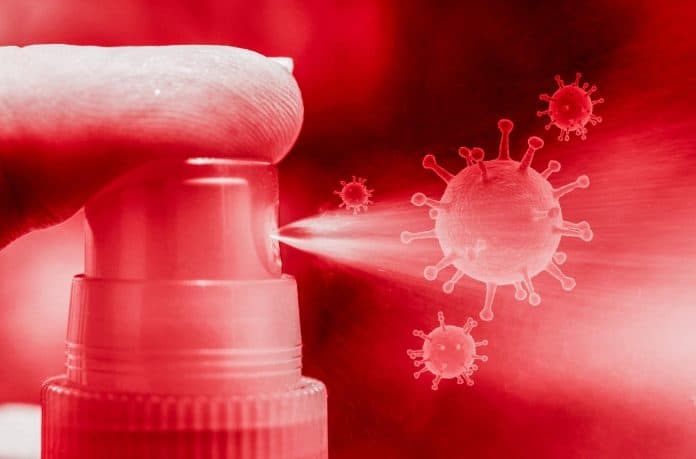The mantra in these times of the coronavirus pandemic is to wash your hands with soap and water thoroughly and as often as possible.
When water and soap aren’t available, the Centers for Disease Control and Prevention (CDC), recommend the use of an alcohol-based hand sanitizer that contains at least 60 per cent alcohol.
However, when a bottle of hand sanitiser soars from £1.20 to £9.00 and even then it’s in short supply – sales skyrocketed by 255 per cent amid the coronavirus pandemic – it makes total sense to make your own.
How do you make hand sanitiser at home?
To make hand sanitiser, you need
- Isopropyl alcohol, known as rubbing alcohol with 99 per cent alcohol volume.
- aloe vera gel
- a bowl
- a spoon
- a funnel, and either a spray bottle or liquid soap container – one with a pump function is probably best.
Method:
Pour ⅔ cup of alcohol and ⅓ cup aloe vera, which will make the sanitiser easier to apply, into the bowl and mix well. Then use the funnel to pour the mixture into containers.
If you don’t like the smell of alcohol you can add a few drops of essential oil that you like such as lavender or tea tree oil. Or even lemon juice.
TIP 1: For optimum efficacy, a germ-busting hand sanitizer should have a 2:1 proportion of alcohol to aloe vera. This keeps the alcohol content around 60 per cent. Alcohol is the active ingredient and 60 per cent is the minimum amount needed to kill most germs, according to the CDC
TIP 2: The World Health Organization (WHO) recommends letting your concoction sit for a minimum of 72 hours after you’re done. That way the sanitizer has time to kill any bacteria that might have been introduced during the mixing process. You check out their recipes and methods too.
Remember:
Hot water and soap still remains the best defence against spreading bacteria and virus. Take every opportunity to wash your hands or apply your hand sanitiser. And don’t touch your face, eyes, mouth or nose.

